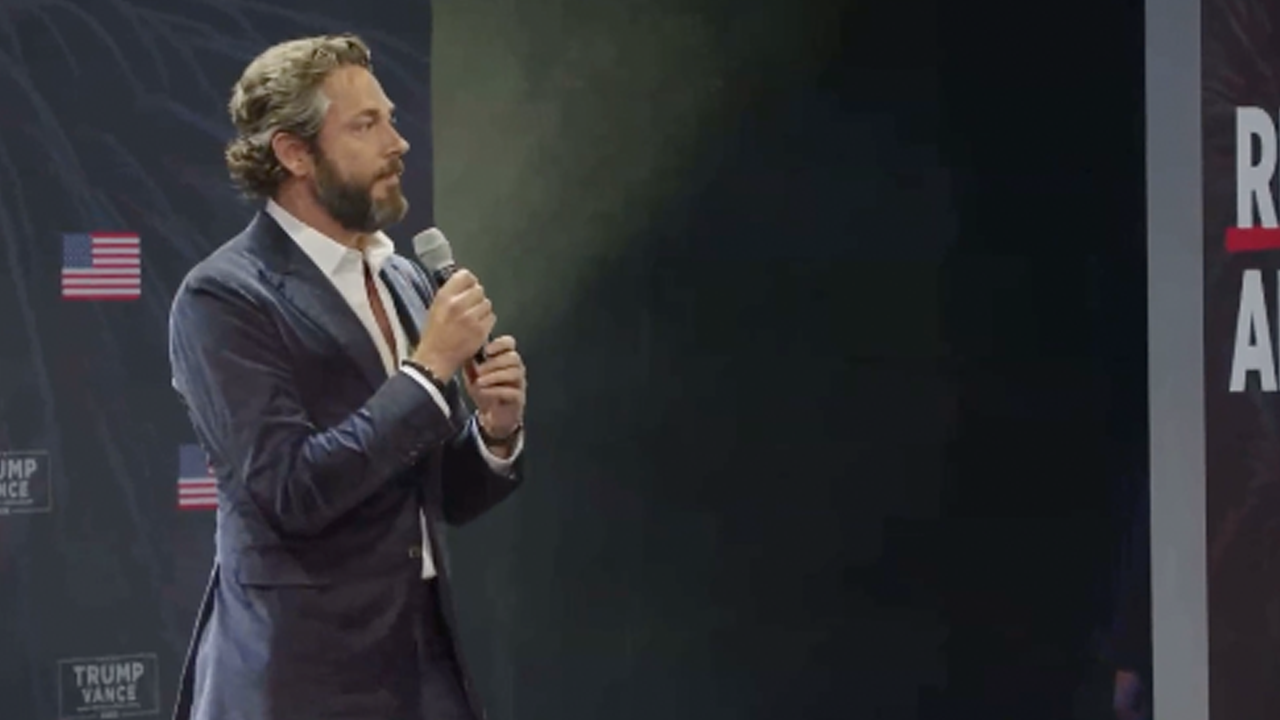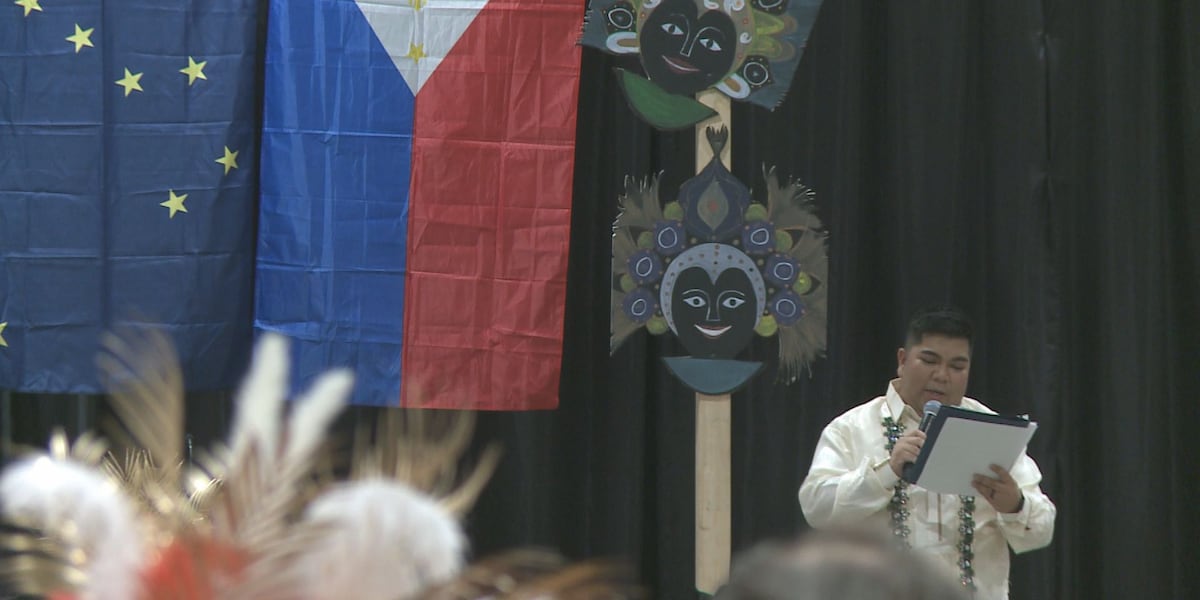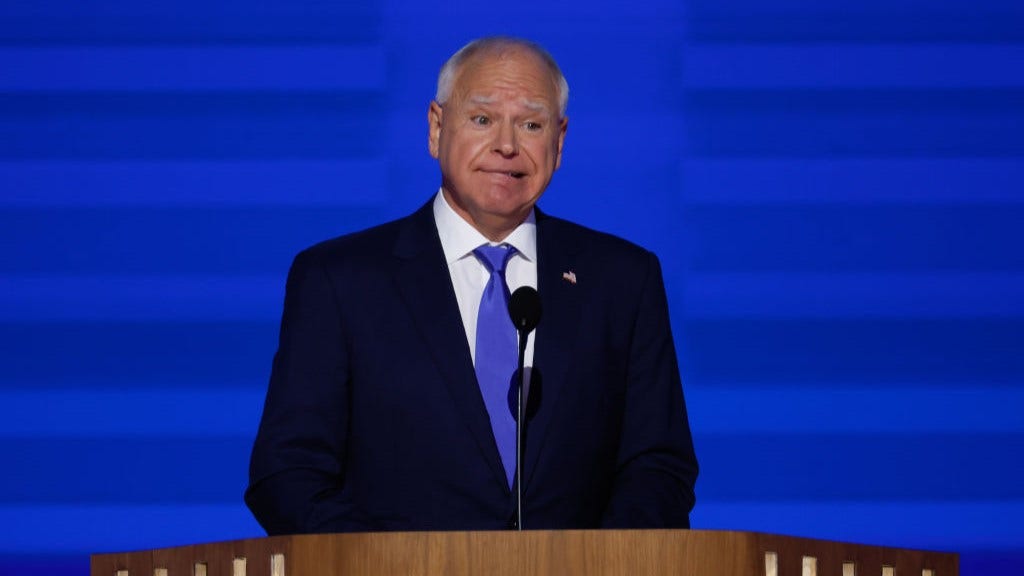Part of a continuing weekly series on Alaska history by local historian David Reamer. Have a question about Anchorage or Alaska history or an idea for a future article? Go to the form at the bottom of this story.
When phone numbers first proliferated, some Americans were concerned that aspects of their existence had been reduced to a series of digits. When Social Security numbers were first issued in 1936, some Americans believed a numerical identity was dehumanizing. People complained about the transition to area codes for phone numbers in 1947, though not Alaskans. The future 49th state did not receive its area code, the familiar 907, until a decade later. But in 1963, Alaskans were a party to the national mockery of ZIP codes, the newest number to remember.
The concept of ZIP codes, from the acronym Zone Improvement Plan, originated in the 1940s. Beginning in 1943, the Postal Service divided larger cities into two-digit postal zones. The following year, a postal inspector in Philadelphia, Robert Moon, proposed a national coding system. After years of delays, partially prompted by hesitant public adoption of area codes, the ZIP code program was publicly unveiled at a postmasters’ convention in October 1962.
Today, ZIP codes are just one tiny aspect of modern life, five numbers to remember whenever you mail a letter or package. Maybe you’ve written it on an envelope. Or, more likely, you’ve entered it into an online form, ensuring you get that package you ordered from outside Alaska. You’ve probably given those numbers little thought. Americans were less accepting back when ZIP codes were first introduced.
The Postal Service claimed ZIP codes would streamline its operation and potentially speed deliveries. Mail delivery a day sooner, they said. Yet, Americans struggled to accept the new system. An early Postal Service poll found only 25% of respondents supported ZIP codes.
Resistance to ZIP codes came in a variety of flavors. Amid the Cold War and rampant Communism fears, some Americans believed the codes were, like Social Security numbers, dehumanizing and erasing individuality. Others thought it was too complicated, that Americans would never endure the hassle of remembering five-digit codes every time they mailed something. And others thought it was just a waste of money, a government spending boondoggle. Many postal workers also opposed ZIP codes as the system was a step toward mechanical mail processing, thus threatening their jobs.
The Peanuts comic strip creator Charles Schulz was one of the many ZIP code opponents. He introduced a character into the strip solely to express his irritation with ZIP codes. The spiky-haired boy was named 5, short for 555 95472. From his 1963 debut, 5 said, “My dad says we have so many numbers these days we’re all losing our identity. He’s decided that everyone in our family should have a number instead of a name.” If you’ve ever watched “A Charlie Brown Christmas” or seen the GIF of the kids dancing from it, you’ve seen 5. He’s the dancing kid in the front, in a yellow shirt and bobbing his head to the music.
Mockery was perhaps the most common active response to ZIP codes. Countless comics and cartoons ran variations of a “name, rank, and ZIP code” gag. Others suggested Christmas was threatened, as letters to Santa would fail to be delivered without a correct ZIP code. In a 1963 letter to advice columnist Ann Landers, a father tries to run off his daughter’s date because the young man did not know his ZIP code. “I don’t think you ought to go out with a fellow who is too lazy to memorize his ZIP code number.”
:quality(70)/cloudfront-us-east-1.images.arcpublishing.com/adn/65ODMNJROJDENHPTACDTFHNJQI.jpg)
The reaction was no different in Alaska. One of the early letters delivered to the Anchorage Daily News after ZIP codes were implemented was marked “zip” before the number and “unzip” after. Most notably, the Fairbanks Daily News-Miner opined, “We’ll wager it will be abandoned in a few months as someone’s highly expensive bright idea. It won’t work because people are tired of living in a numerical society. The long numbers are also contrary to human nature. Most folks are just too lazy to write out a zip code number let alone try to remember them. Business may use them, but as long as they are given a choice, John Q. Public won’t.”
In Fairbanks, two brothers tested the system. As they saw it, either the town name or ZIP code was superfluous. One of them mailed two postcards to the other from Seattle. One was addressed with “Fairbanks, Alaska,” but no ZIP code. The other was sent with the appropriate ZIP code but no “Fairbanks, Alaska.” Both postcards were dutifully delivered. The first postcard arrived unaltered. On the second postcard, some postal employee had handwritten “Fairbanks.” As one of the brothers declared, “Our conclusion — the name of the town is necessary, therefore how does the addition of a number speed the delivery of the mail.”
The program was implemented on July 1, 1963. The Anchorage Bowl was initially divided into six ZIP codes. Downtown and Government Hill was 99501. Everything south of International Airport Road was 99502. Everything between Chester Creek and International Airport Road, and west of the Seward Highway, was Spenard, 99503. Definitions of what is and is not Spenard have varied over the years. In my experience, no two people agree on Spenard’s borders. The rest of the Anchorage Bowl east of downtown and the Seward Highway, between Fort Richardson and Tudor Road, was 99504. Fort Richardson and Elmendorf Air Force Base were 99505 and 99506, respectively.
:quality(70)/cloudfront-us-east-1.images.arcpublishing.com/adn/CG2PEJC2LVBU7LIPCOMRIODCKA.jpg)
The quantity of the ZIP code debate likely influenced its eventual success. Indeed, it was almost impossible for anyone in the 1960s to miss the innumerable editorials, comic strips, crossword puzzles, television references and other media devoted to the issue, very much including the U.S. Postal Service’s own prolific advertising campaign featuring Mr. Zip. People knew that ZIP codes existed, the most challenging step toward acceptance. Within two to three years, the complaints faded and there were the occasional declarations of “ZIP codes really work.” In 1983, the Postal Service announced nearly 100% compliance. And Santa had his own code, originally 99701, before the 1963 Christmas season began.
Today, it seems almost quaint that Americans once worried about remembering a five-digit number, particularly after the codependent rises in the internet and passwords. There’s no special characters or varying capitalizations to a ZIP code, just five numbers. That’s it.
• • •
• • •
Key sources:
Cronin, Brian. “Which Peanuts Character Was Invented as a Protest . . . Zip Codes?!” CBR, July 30, 2024.
Henderson, Jonathan. Letter to editor. Fairbanks Daily News-Miner, September 11, 1963, 6.
Landers, Ann. “Ann Landers . . . Answers Your Problems.” Fairbanks Daily News-Miner, December 30, 1963, 5.
“On the Inside.” Fairbanks Daily News-Miner, July 26, 1963, 4.
“The Echo Chamber.” Anchorage Daily News, July 15, 1963, 1.
“The Zip Code Challenge: Response of the American Public.” National Postal Museum, undated.
United States Postal Service Office of Inspector General. The Untold Story of the ZIP Code. United States Postal Service, 2013.





/cdn.vox-cdn.com/uploads/chorus_asset/file/25649745/2089852195.jpg)


:quality(70)/cloudfront-us-east-1.images.arcpublishing.com/adn/OF7TEER2CNEHDBBODEJBMKC7KI.JPG)


















/static.texastribune.org/media/files/5e5395400eb1f412fb6d97a439483caf/SpaceX%20Brownsville%20MGO%2005.jpeg)